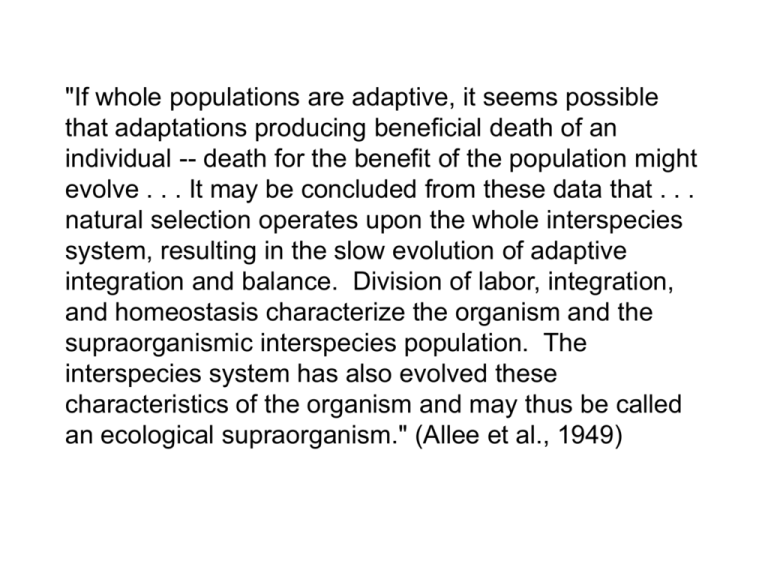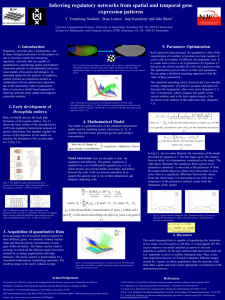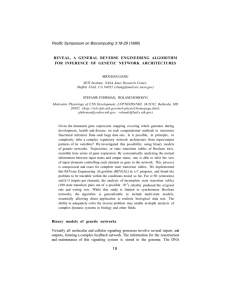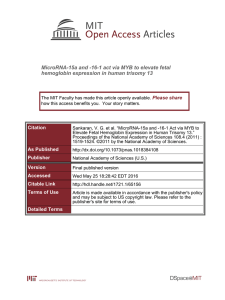Kinship
advertisement

"If whole populations are adaptive, it seems possible that adaptations producing beneficial death of an individual -- death for the benefit of the population might evolve . . . It may be concluded from these data that . . . natural selection operates upon the whole interspecies system, resulting in the slow evolution of adaptive integration and balance. Division of labor, integration, and homeostasis characterize the organism and the supraorganismic interspecies population. The interspecies system has also evolved these characteristics of the organism and may thus be called an ecological supraorganism." (Allee et al., 1949) “Benefits to groups can arise as statistical summations of the effects of individual adaptations. When a deer successfully escapes from a bear by running away, we can attribute is success to a long ancestral period of selection for fleetness. Its fleetness is responsible for its having a low probability of death from bear attack. The same factor repeated again and again in the herd means not only that it is a herd of fleet deer, but also that it is a fleet herd. (Williams, 1966) "No matter how functionally dependent a gene may be, and no matter how complicated its interactions with other genes and environmental factors, it must always be true that a given gene substitution will have an arithmetic mean effect on fitness in any population. One allele can always be regarded as having a certain selection coefficient relative to another at the same locus at any given point in time. Such coefficients are numbers that can be treated algebraically, and conclusions inferred for one locus can be iterated over all loci. Adaptation can thus be attributed to the effect of selection acting independently at each locus. (Williams, 1966) "Selection simply cannot see genes and pick among them directly. It must use bodies as an intermediary. A gene is a bit of DNA hidden within a cell. Selection views bodies . . . There is not gene "for" such unambiguous bit of morphology as your left kneecap or your fingernail. Bodies cannot be atomized into parts, each constructed by an individual gene. Hundreds of genes contribute to the building of most body parts and their action is channeled through a kaleidoscopic series of environmental influences: embryonic and postnatal, internal and external. Parts are not translated genes, and selection doesn't even work directly on parts. It accepts or rejects entire organisms because suites of parts, interacting in complex ways, confer advantages. (Gould, 1980) Fig. 8.3 Coefficients of relatedness Coefficients of relatedness Frequency of cooperation in defense against intruders in Belding’s ground squirrels (Sherman 1981) Probability of helping by non-breeding whitefronted beeeaters (Emlen and Wrege , 1988) Probability of helping by non-breeding white-fronted beeeaters (Emlen and Wrege (1988) Bee-eaters Fig. 8.16 Aggression in naked mole rat queens (Reeve and Sherman 1991) Blood sharing in vampire bats (Wilkinson 1984) Blood sharing in vampire bats (Wilkinson 1984) Fig. 8.12 Fig. 8.14 top Fig. 8.14 middle Fig. 8.14 bottom Fig. 8.20 top Fig. 8.20 bottom “Let us now consider the individualistic claim that ‘virtually adaptations evolve by individual selection.’ If by individual selection we mean within-group selection, we are saying that A-types virtually never evolve in nature, that we should observe only S-types. This is a meaningful statement, because it identifies a set of traits that conceivably could evolve, but does not, because between-group selection is invariably weak compared to within-group selection. Let us call this valid individualism. . . . If by individual selection we mean the fitness of individuals averaged across all groups, we have said nothing at all. Since this definition includes both within- and between-group selection, it makes ‘individual selection’ synonymous with ‘whatever evolves’ including either S- or A-types. It does not identify any set of traits that conceivably could evolve but does not. Let us therefore call it cheap individualism.” (D.S. Wilson, 1989)








